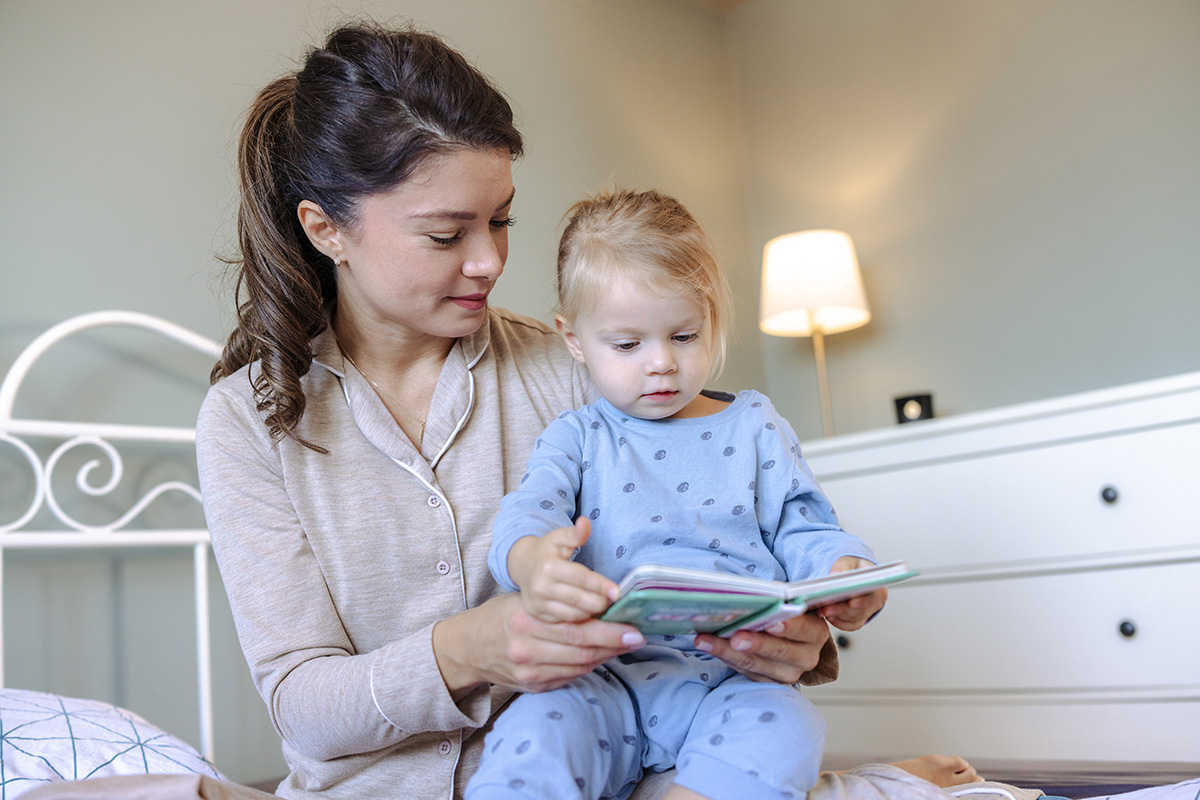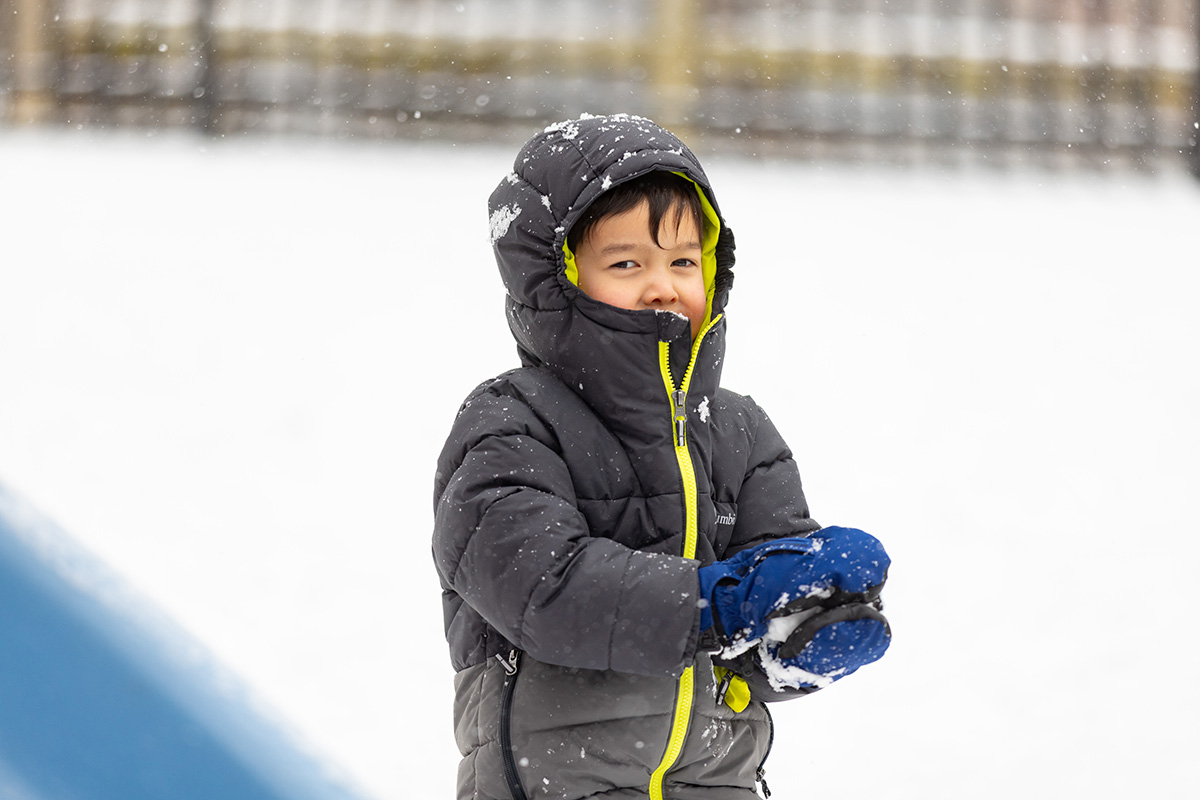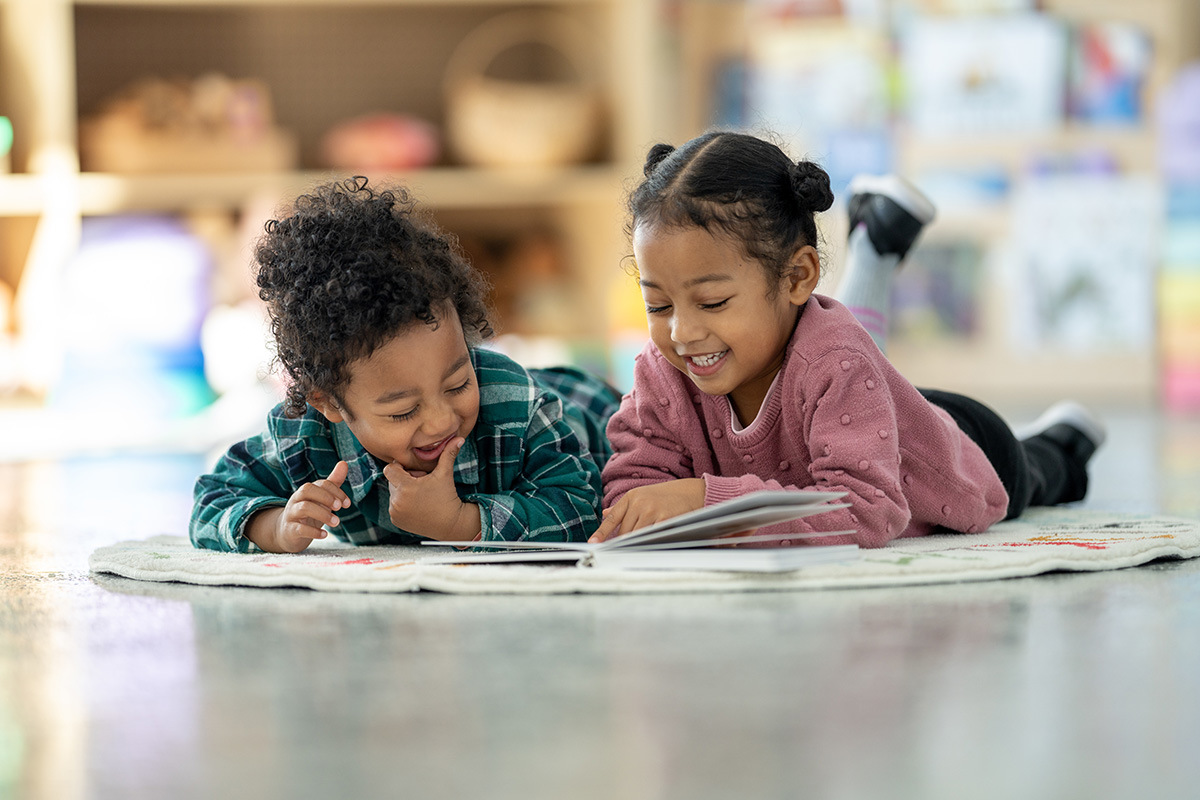Children thrive when there are routines and schedules within their daily lives at home or school. They feel more secure, safe and nurtured. When there are changes in their environment, it can be stressful for our little ones. By establishing a routine, even if it’s a new one, you will bring comfort and consistency to your children’s lives.
We also know that change can be a learning opportunity, and being flexible with our children at times can support the development of social-emotional skills such as risk-taking, self-control and independence. The key is to balance spontaneity based on what is happening around you and your children’s interests with a daily schedule that meets your family needs.
Include your children in daily planning and decision-making, like creating menus for the week to take the stress off mealtimes or deciding when to take breaks during the day for some outdoor play. Consider taking photos of different times of the day and have your children hang them in meaningful locations around the learning space or use them to create a picture schedule.
Important Basic Routines
These routines support positive mental and physical health:
- Morning wakeup — getting ready for the day
- Mealtimes and snack times
- Bath time
- Cleaning up — sorting and cleaning up toys, after mealtime, etc.
- Bedtime — getting ready for and going to bed
- Naptime (or quiet time)
These basic routines help children anticipate what will happen during the day and allow them to focus on playful learning versus worrying about what’s next. By establishing these basic routines, you free up time for more flexibility in your child’s day.
Being in the Moment
Try to be more in the moment with your children when you are doing things with them. This focused attention, as you move throughout the day, will help your children follow directions and move from one activity to another. If you act distracted while directing or speaking with your children, they will be distracted too. It’s often hard to do, but your loving attention is one of the most important things you can give your children. Switching your focus can be calming and soothing for you as well.
Handling Transitions
This is the time when things could get a bit rough, especially if your children are engaged in something they love to do. Transitions can, at times, make children feel they have no control over what’s happening next. This can create tantrums, fears and tears. The best ways to handle transitions within a day’s routine are to:
- Prepare your children. Let them know what is coming and give them time warnings, for example, “In five minutes we are going to stop playing with trucks and get ready for lunch.” By preparing, you eliminate the surprise.
- Join in the transition. It’s often easier if you work with your children during the transition. They will be comforted by your participation.
- Praise your children. Let them know what a great job they did in cleaning up, coming to the table, etc.
- Talk about what is next. Explaining what will happen next helps children look forward to it.
With all the changes that we face in our daily lives right, the consistency and routines you establish will help your children to feel safe, confident and secure.




